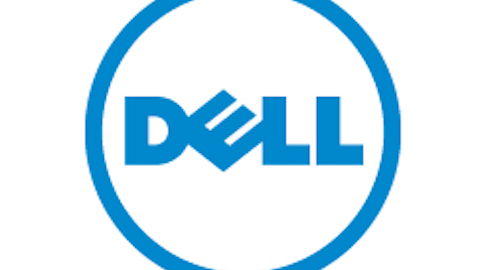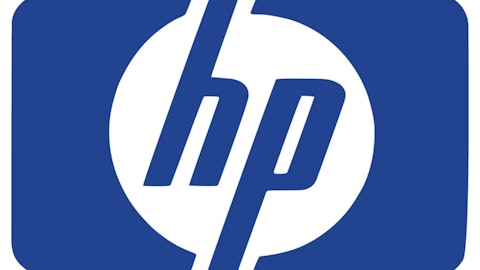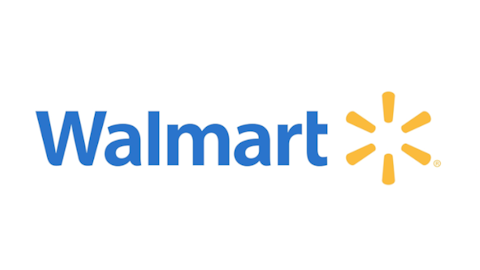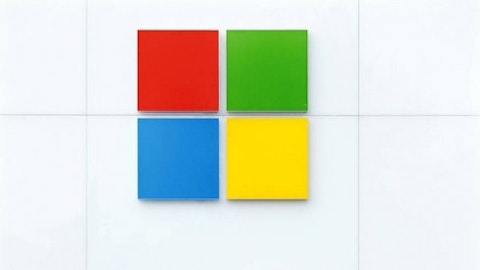The Rise And Fall
This stock’s huge surge and subsequent fall has tracked a series of events over the past seven months:
Dec. 7, 2012: A major PC manufacturer (unnamed but assumed to be Dell Inc. (NASDAQ:DELL)) is given an exclusive licensing agreement to be first-to-market with UniPixel Inc (NASDAQ:UNXL)’s UniBoss. The technology endorsement lights a fire under the stock. (Shares of Atmel Corporation (NASDAQ:ATML) received a similar lift that month as new contract details for its rival product were announced.)
January-March 2013: Shares soar yet higher as analysts see 2014 sales above $100 million (with forecasts well higher than in subsequent years). Williams Capital launches coverage on February 11 with a $30 price target that would eventually be boosted to $60. In early March, a large wave ofinsider selling takes place.
April 2013: Uni-Pixel secures manufacturing capacity — a key investor concern — announcing apartnership with Eastman Kodak Company (OTCMKTS:EKDKQ) that will open up production lines by year’s end. Shares move above $35. Soon thereafter, the company announces plans to sell new shares, in keeping with a long history of capital-raising in the absence of any earnings. Priced at $32 a share, the 1.2 million-share offering leads short sellers to collectively sigh with exasperation.
May-June 2013: Barron’s publishes a negative column, which helps trigger an exodus from the stock in subsequent days and weeks.
Shares then started to fall at a quickening pace, tied to a series of concerns related to Atmel Corporation (NASDAQ:ATML) having a superior product, a possible entry by Apple Inc. (NASDAQ:AAPL), and selling by key shareholders, but all of these reasons missed the mark. Instead, this stock has finally collapsed in the face of concerns that spread in late May that UniPixel Inc (NASDAQ:UNXL)’s technology may be only hype.
Is It For Real?
Through the rise and fall of this stock, it has become clear that this is a still-unproven technology with a management team that is prone to hyperbole. But that doesn’t necessarily make this company a fraud (and resulting terminal short). It’s hard to discount the fact that companies such as Eastman Kodak Company (OTCMKTS:EKDKQ), Intel Corporation (NASDAQ:INTC), which has invited the company to its technology developer conference, and an unidentified PC partner have presumably reviewed the company’s technology and, to some extent, vetted it.
Yet that doesn’t mean that a profitable revenue ramp is assured. The longer it takes for real sales to take root, the less investors should expect a bright future. After all, well-heeled rivals are pursuing this same technology, so time is not on Uni-Pixel’s side.
Risks to Consider: Until Uni-Pixel generates meaningful sales growth and transitions into profitability, shares may see further dilution.
Action to Take –> Wall Street analysts at lesser-known firms have been placing ever-higher price targets on this stock, which is likely stems from UniPixel Inc (NASDAQ:UNXL)’s several secondary share offerings — not from conclusions drawn from independent research. Whenever you see that, you should beware.
This would seem to be an open-and-shut case of a stock heading to zero when the money runs out. Indeed, lawsuits are arriving at a furious pace. Yet even as there are several red flags around this company, it’s undeniable that the touch-screen sensor market is fairly large, and it’s also widely agreed that the current ITO technology standard is less than ideal. A solution that delivers higher sensitivity, consumes less power, and can be sold at a lower cost would be welcomed by makers of handsets and tablets.
Keep a close eye on this stock. This saga isn’t over, and I remain curious to see whether Uni-Pixel is truly a game-changer. The odds are against tremendous success in light of a management team prone to hyperbole and broken promises, but it’s too soon to conclude that this technology platform won’t succeed.
This article was originally written by David Sterman and posted on StreetAuthority.





